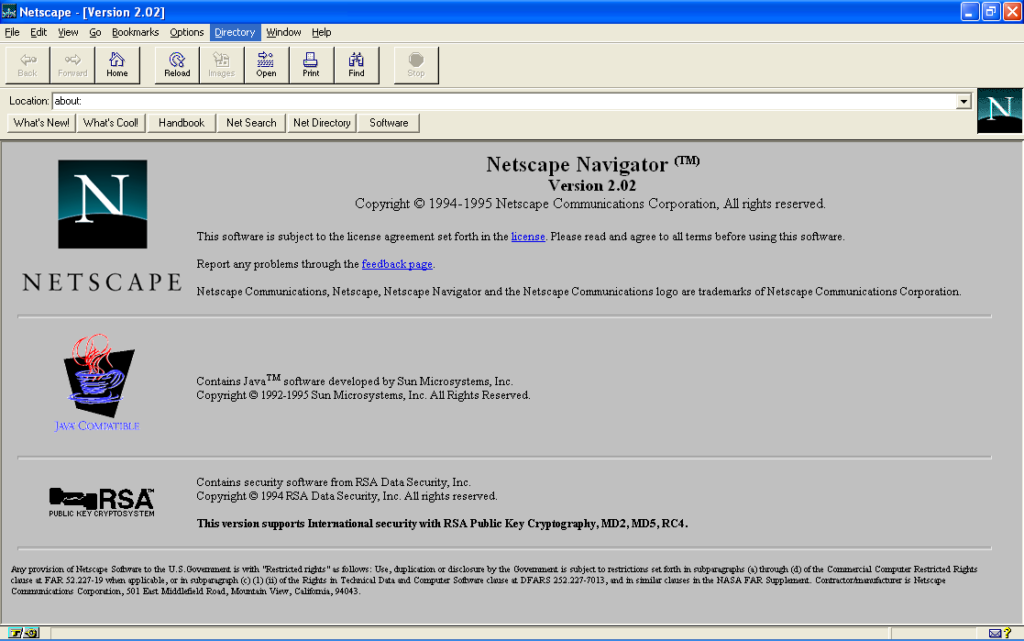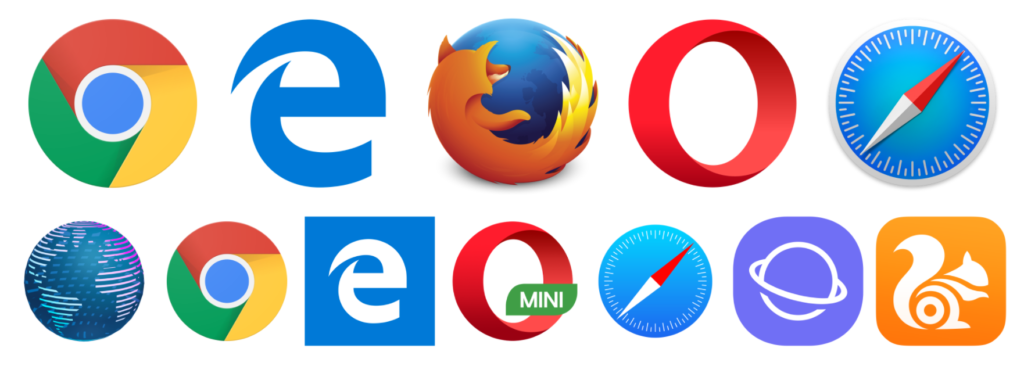To estimate the price of your project you should answer at least such questions as
- how many pages should include your site?
- how many types of browsers do you want to be ready to show your site?
- how many types of screens do you want to be ready to show your site?
- how active is your content?
- do you want to use a database in your site?
- do you want to accept payment from your site?
- do you want our additional services?
Some explanation of the matter of these questions you can get clicking the menu to the right.

To pay the project you must be sure that you will get exactly that you want. But we also must be sure that you pay our work. To guarantee the safety of both sides we suggest such a technology of our cooperation.
We suggest that you should divide the project on the stage where each stage should be completed before 12-th day of a correspondent month. Just at 12-th day you’d pay the correspondent stage via our payment page with the help of a credit card and get the part of your project (as an archive or uploaded to your host place). If you’ll not be satisfied after testing the project, then you inform us your remarks. If we’ll consider your remarks fair, then we fix them free, else we inform you our opinion. If you will not agree with us, then you can withdraw your payment freely. Our financial service provider (www.clickbank.com) will send us your payment after 16-th day of the month only. It is clear that if the payment will be withdrawn, we finish development of your project.
At last we should point that we are ready to utilize any other agreed and safe work technology proposed, for example, by a special telework site.
PAGES
This parameter is the most simple. It is clear that the more pages you want the more price is fair. But all is not so simple. A lot of pages of the same shape may cost less than few pages with different shapes. Moreover, only one complex page may cost more than a lot of simple pages. Valuable is original graphical content especially if there are no standard cliparts main and background images. But you should not neglect simple pages if your content is more valuable than the aesthetic effect of your site. The complexity is not appropriate for different browsers, for heavily working servers with constrained bandwidth zone, for visitors with low rate dial-up connection. To make clear other aspects of the problem, see our other pages, please.
But there are some secrets to do the pages searchable in the search engines. Developing pages we take into account some principles, namely:
Flash animations, or graphic — intensive pages, tend to have little text in them and, therefore, have little chance of a high position in search engines.
Many search engines struggle to cope with framed Web sites, not because of the frames themselves, but because the page which loads the frames has little content. We should always include descriptive text within the NOFRAMES part of the page, together with links to other pages on the site. Search engines read the NOFRAMES text in the same way they read normal text.

In order to present text to search engines in the best way, it is necessary to ensure that the part of the HTML code containing the text is near the start of the HTML document. JavaScript can be placed off page using a Java SRC tag to call the code from an external file, as can style sheets. Each search engine prefers a different keyword density, that is the number of keywords compared to the total number of words. Looking at pages which are ranking at the top of each search engine allows you to decide how often to include your keywords.
Meta Tags are not the golden key to search engine ranking, and different engines give them differing levels of importance. Even so it is important to construct tags, which are appropriate to the content of each page. The main ones are the TITLE, DESCRIPTION and KEYWORD tags, which appear in the HEAD portion of the code.
In order to present text to search engines in the best way, it is necessary to ensure that the part of the HTML code containing the text is near the start of the HTML One overriding factor to consider is whether what you are doing is likely to present the end user with a relevant result on their search. Some techniques are frowned upon by different search engines and will result in a site being penalized or banned. These include, but are not limited to, excessive use of keywords, text which is the same color as the background to make it invisible, tiny text and duplicated pages and sites. These are all considered spam by most of the major engines.
BROWSERS
Perhaps you don’t ask yourself the question: «How many browsers are in use?» Listing the browsers below we show some their properties.
You should know that demanding the support of more browsers, you demand more efforts and significantly increase the price of the project, or you demand very simple site shape.
The first group of browsers includes three excellent browsers, namely Microsoft Internet Explorer, NeoPlanet and NetCaptor. These browsers are based on the same Microsoft engine, so they have almost the same properties. The browsers shows pages used all modern web — technologies, namely full HTML 4 tags, CSS2, JavaScript 1.3, Java 2.0, VBScript, ActiveX and so on. The only functional demerit of such browsers we have found is the fatal error showing pages containing more than 500 Kbytes.

Microsoft Internet Explorer by Microsoft Corporation
Now in use are such versions as 4.x, and 5.x. The most popular now is 5.x version. Almost 85% of web-surfers use this browser. The browser works on Windows, Solaris and Mac platforms. It can be freely downloaded from the official Microsoft site and almost all FTP archives. The most simple way to develop modern web-sites is to ignore surfers using other browsers.
NeoPlanet by Lycos Corporation
The last 5.x version is created in 2000. NeoPlanet is used by people who don’t like grey interface of Internet Explorer or who use Lycos services. Not many web-surfers use NeoPlanet, but all their visits are identified as visits of Internet Explorer users. The browser can be freely downloaded from Lycos site and some FTP archives. The browser works on Windows only. It’s all OK to develop sites for this browser, but there is no wide experience in usage of this browser.
NetCaptor by Stilesoft Inc.
The last 6.x version is created in 2000. Not many web-surfers use NetCaptor, but all their visits are identified as visits of Internet Explorer users. The browser can be freely downloaded from some FTP archives. The browser works on Windows only. It’s all OK to develop sites for this browser, but there is no wide experience in usage of this browser.
The second group of browsers includes almost good browsers, which gives a lot of troubles for web-developers. They support all modern technologies, but with many bugs. So they demand to ignore modern tags for old well established opportunities of development means. The group includes such browsers as Netscape 4.x, 6.x, Opera 4.x, Amaya.

Netscape 6 by Netscape Communications
This browser is finished in November 2000 and it obeyed to be the most perfect browser. But in reality it doesn’t support correctly some HTML tags (<Div>, for example), CSS1, CSS2 and so on. This browser is the standard for all Linux and Unix users. It supports also Mac, OS/2, Windows, BeOS and some other systems.
Netscape Communicator 4.x
This is a previous version of the Netscape 6.0. It was the most long living browser. The first 4.x version appeared in 1997 and it was the most perfect browser. It was widely distributed in the USA by AOL. Both versions of Netscape use about 14% of web-surfers now. This browser is the standard for all Linux and Unix users. It supports also Mac, OS/2, Windows, BeOS and some other systems.
Opera 4.x by Opera Software
The last 4.x version is created in 2000. It’s the fastest browser, but it’s not free and it doesn’t support some modern technologies. It works on Windows, Linux and BeOS. It’s used about 0.5% of web-surfers.
Amaya 3.x by W3C Consortium
The last 3.x version is created in 2000 by W3C. It’s used by some developers, but not by users. It has as lot of bugs in supporting modern technologies. It works on Windows and Unix.
The last, third, group of browsers includes non-perfect and old browsers. This browsers don’t support modern technologies and don’t work properly now for the most contemporary web sites. From the sub-group of old browsers now in use are Netscape 3.x, Internet Explorer 3.x, Opera 3.x.

1X Net Browser 1.0 by Science Traveler International
The browser is not free and it’s created in 2000. This is 1.0 only and may be it will be improved in future. It works on Windows and DOS platforms.
HotJava 3.0 by Sun Microsystems
This free browser is created in 1999. It works on all platform-supported Java. Sun declared that it is the only cross-platform browser. It’s a pity, but it is doesn’t work properly very slow.
SCREENS
It is known that now web-surfers use different screens with such resolutions as 640×480, 800×600, 1024×800, 1200×1024, 1600×1200 pixels. The most popular resolution is 800×600.
Imagine yourself now that you should draw a picture best viewed and as a small locket and as a large wall fresco. It is clear that it is possible when we draw the picture, which doesn’t contain small details and texts. But, creating the site we want the text be readable, the site be good looking, and the each site page contains more information that may hold the visitor’s attention (the visitor can never be back).
So, ordering the site you should select one of the possible solutions of the problem, namely:
- your developer creates the site for a fixed (the most popular) resolution only;
- your developer creates the resizable site;
- your developer creates the individual separate page for each resolution.
It is clear that the first solution is the most inexpensive. The second solution is more expensive but the site should contain simple scalable images only and it will be more slowly loadable (it must use JavaScripts). The third way is the most expensive. So, when you order low cost rapidly developed site you get the site for one resolution only.

ACTIVITY
There are a lot of cases when you don’t know the actual view of the page beforehand. You can define the content at the moment of loading. This situation is actual when we develop such sites as web — shops, some game sites (e.g. casinos), virtual libraries and universities, testing sites, sites of questionnaires and so on. So, in these cases the developer should use the possibilities of your servers and, maybe, create special downloadable programs.
Ordering the project you should know that the same things can be created using different means, but at different price. More inexpensive way to create active content is to use ASP (Active server Pages) technology proposed by Microsoft. It is possible when your hoster uses Internet Information Server (IIS) software. But the most of inexpensive servers works on a Unix (Linux) clone and use Apache software. So the developer can’t use ASP. The most inexpensive technology for Apache is PHP. The hardest technologies are connected with the usage of JSP (Java Server Pages or Java Servlets), Perl/CGI and Java. In some cases inexpensive solution can be got utilizing so-called server extensions (for example, FrontPage extensions). So, you should revise the detailed characteristics of your hoster or you should find at the right hoster for your site.
At last, when you order downloadable programs, you should know that the most inexpensive technology to create such ones with the most popular functions is Visual Basic. More expensive (but more perfect) is Delphi, VC++/ BC++, Java. Visual Basic and Delphi works on Windows platform only, VC++/ BC++ can works on some Unix/ Linux clones, but you should have different executable files for different platforms. Java produces the only real cross-platform downloadable programs, but they are the most expensive and slow.
DATABASES
Ordering database solutions you should know that, first, your server must support databases, and, second, your hostplace must have enough memory. Further, the most inexpensive is two-tier client — server architecture with the usage of server Microsoft Access database software. But this database works on the Microsoft Information Server (IIS) only. More complex (expensive) is usage of MySQL database (working on Unix/ Linux clones). Other SQL — oriented databases (Oracle, Sybase and so on) are more complex too. At last, the most expensive is development of distributed databases (database, every table of which can be placed on the other host place) on the base of three-tier architecture (e.g. MIDAS in Delphi).

PAYMENT
Ordering the payment solutions for your site you should answer the questions:
- what kinds of online payment cards do you plan to accept?
- how do you want to accept your money?
- are you an individual or an organization?
The most inexpensive way to accept payment is the usage special online — banking sites. If you are a merchant organization and you are placed in the USA, Canada (or in some EU countries), you should have special merchant account. If you have not such account, you can use some personal transferring systems. If you are outside pointed countries, you should agree to accept money with the help of banking checks (but your customers pay online with the help of cards). Or, maybe, you should buy a special offshore company with the banking merchant account in the USA. If you want, we can find an optimal online banking site (we are experienced with more than 20 such sites around the world) and an optimal site to buy an offshore (we know 17 such sites).
SERVICES
We can suggest you some additional services such as:
- we can find an optimal hoster for your needs (both as free and chargeable hoster) — we know about 110 such hosters around the world;
- we can register your domain name for the lowest price;
- we can find an optimal online banking site for you;
- we can register your site in search engines.
The right choice of the hoster is the most direct way to decrease the cost of your site and to provide its success. The hosters very differ by the supported technologies, by the price, by the bandwidth. We are experienced with about 110 hosters around the world. There are some free hosters better than most of chargeable hosters for small projects (about 50 Mbytes). There are hosters suggested free domain name registration and additional benefits. And vise versa, there are some very chargeable hosters with bad characteristics.
The most direct way to register your domain name is to refer to the Network Solution site and to register the name. But there are some marketplaces offer the registration with benefits or in combination with hosting.
For the information about the online banking sites, see our «payment» page.

Search engines provide access to your website for people around the globe. Visitors are targeted because they have specifically chosen to look for the products or services you are selling. They are probably the hottest sales leads a business is likely to encounter. If your website is not appearing on a search, then who’s is? Probably the competition’s…
There are hundreds, if not thousands, of search engines and website directories on the Internet. 98% of users stick with the major names in this field — AltaVista, Excite, HotBot, Lycos, Yahoo, AOL, MSN, Looksmart, Netscape, Go, Snap, GoTo and their national versions. Targeting these has to be the main priority of any search engine promotion strategy. Other selected engines and directories are valuable if they are region- or industry-specific to your business. We know a lot of approaches to register your site properly.
